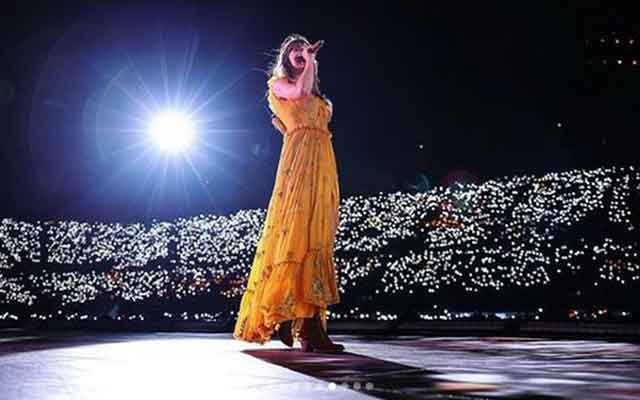What's the Difference? Lightning, Thunder, and the scintilla Explained
Decoding the Sky: Is It Lightning, Thunder, or Just a Flash?
Reading time: 1 minute, Discovery Chepe Id-781-ECO
Published on 07-09-2025

Photo: Michal Mancewicz
When the sky darkens and a storm rolls in, many people use the terms lightning, thunder, and flash interchangeably. But scientifically, each word refers to a different phenomenon. There's also a rare but real player in this electric drama: ball lightning. Let's break it down clearly and simply.
1- Lightning:
A lightning bolt is a sudden electrostatic discharge that occurs during a thunderstorm. This discharge happens between electrically charged regions of a cloud, between clouds, or between a cloud and the ground. The result is a powerful burst of electricity that travels at speeds of up to 220,000 km/h.
The term rayo in Spanish often refers to the lightning bolt that hits the ground. In English, we typically just say -lightning- to refer to this visible discharge. It heats the air it passes through to temperatures hotter than the surface of the sun.

Beyond the Flash: A Deep Dive into Lightning, Thunder, and scintilla
Photo: Jeremy Bishop
2- Thunder:
Thunder is the sound created by lightning. When a bolt of lightning rapidly heats the air, the air expands explosively. That expansion produces a shockwave, which we hear as thunder.
Interesting fact: You never see thunder. You only hear it. And since sound travels slower than light, you always see the lightning first and then hear the thunder seconds later.
3- Flash:
The word flash refers to the visible light produced by lightning in other words, what you see in the sky during a storm. It's often used in Spanish as relámpago, meaning the general glow or flicker of light, not necessarily striking the ground.
So, while the rayo is the bolt that may hit the earth, the relámpago is just the flash of light you see in the clouds. In English, both are called -lightning,- but in meteorology, a distinction can be made: weather.gov.
4- Ball Lightning (Centella):
Ball lightning or centella is a rare and poorly understood phenomenon. It appears as a glowing, floating sphere that can move horizontally and even pass through windows. These luminous balls are usually the size of a grapefruit and last longer than a regular flash of lightning - sometimes several seconds.
Despite being observed for centuries, scientists still debate what exactly causes ball lightning. Some believe it's a plasma-based phenomenon, others think it may be caused by microwaves or even chemical reactions in the atmosphere. You can read more on the subject at Britannica.
Summary:
a) Lightning: The actual bolt of electricity during a storm.
b) Thunder: The sound caused by the rapid heating and expansion of air due to lightning.
c) Flash: The visible burst of light from a lightning strike, whether or not it hits the ground.
d) Ball Lightning: A rare, glowing orb-like phenomenon sometimes seen during electrical storms.
Understanding these differences doesn't just satisfy curiosity it also helps in knowing what's happening during a storm and staying safe. So next time the sky lights up, you'll know exactly what's going on overhead.
Stay curious, stay safe, and remember: lightning is powerful, beautiful... and best admired from indoors.
See Also
Discovery Chepe
Most read...















